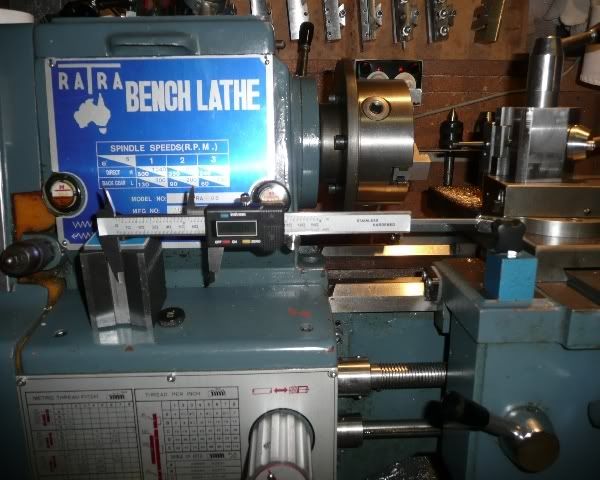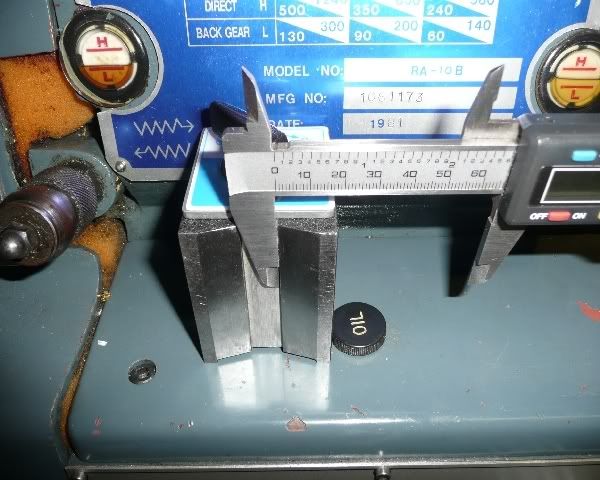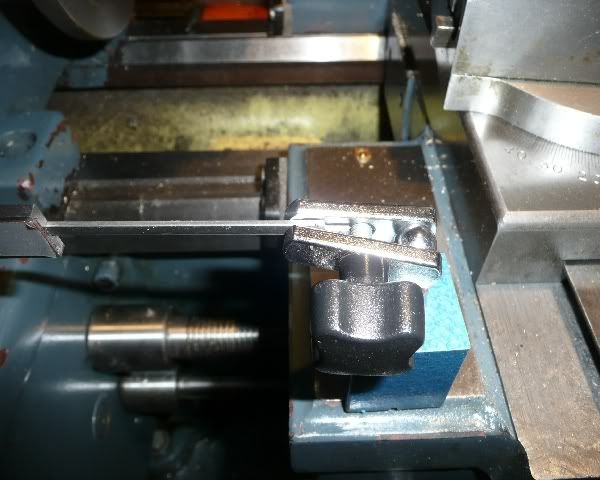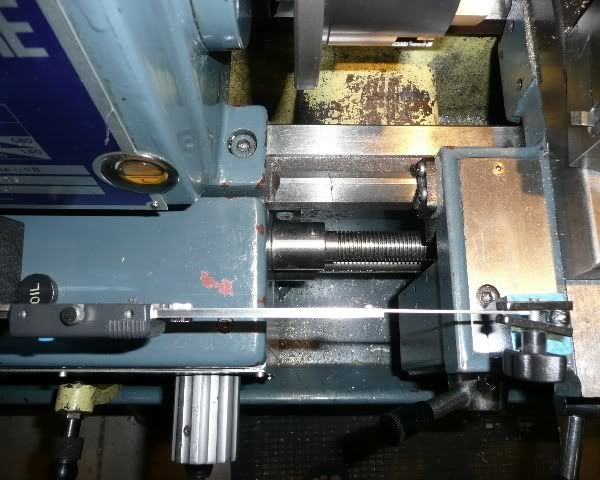zeeprogrammer
Well-Known Member
- Joined
- Mar 14, 2009
- Messages
- 3,362
- Reaction score
- 13
Thanks Ron.
1hand...you're right about that author. That thread attracted some excellent repliers too.
Thanks Chuck. Actually no...I was surprised how easy it was with the dremel. Well...the angle grinder too. Remember...I have no experience with an angle grinder and precious little with a dremel (I had an old one for year). I think heat control was a lot easier with the dremel but that might be because it was smaller and by that time I was looking for it.
1hand...you're right about that author. That thread attracted some excellent repliers too.
Thanks Chuck. Actually no...I was surprised how easy it was with the dremel. Well...the angle grinder too. Remember...I have no experience with an angle grinder and precious little with a dremel (I had an old one for year). I think heat control was a lot easier with the dremel but that might be because it was smaller and by that time I was looking for it.






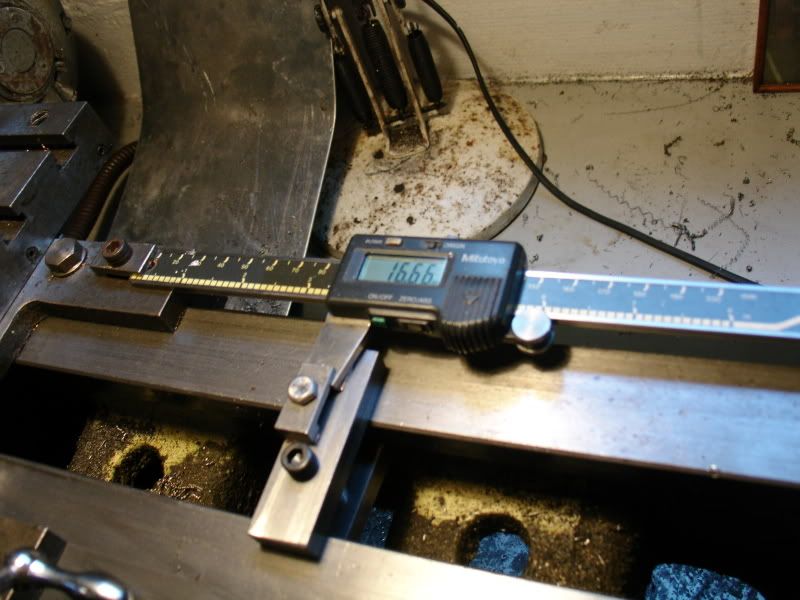


































![DreamPlan Home Design and Landscaping Software Free for Windows [PC Download]](https://m.media-amazon.com/images/I/51kvZH2dVLL._SL500_.jpg)




















